Each generation has its One True Love—the classic car whose style and performance drive interest and prices higher than all others of its ilk. Consider the ’32 Ford hot rod, the ’57 Chevy and, in recent years, the ’69 Camaro.
The Camaro was Chevrolet’s competitor to Ford’s spectacularly popular Mustang. Following Ford’s recipe exactly, Chevy put a sexy long-hood, short-deck coupe body atop its mundane compact car chassis—in this case, that of the Chevy II.
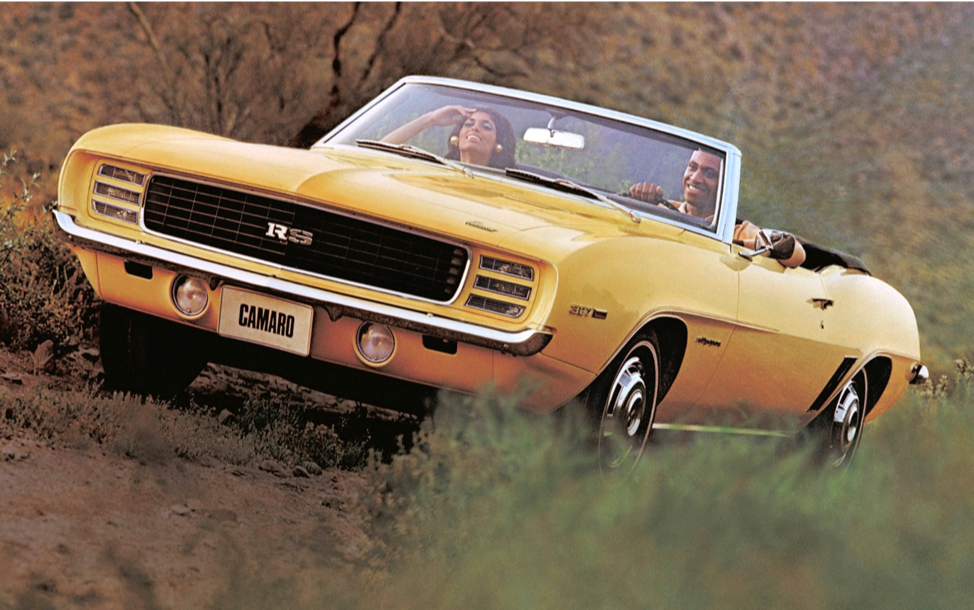
Chevy’s pony car arrived in the fall of 1966 for the 1967 model year, promptly selling 220,000 units in its first year. But the car’s delicate styling was seen as insufficiently macho for a car with a performance mission (even if the base engine was a sluggish 140-horsepower, 230-cubic-inch inline six-cylinder).
Although 1969 was to be the last year of the Camaro’s first generation, the company ordered up an edgier redesign which is now considered the pinnacle of Camaro design. Where the earlier cars had circular wheel openings, the ‘69s were trapezoidal, and where the original models had softly curved sides, the ’69 got crisp character lines above the fender wells.
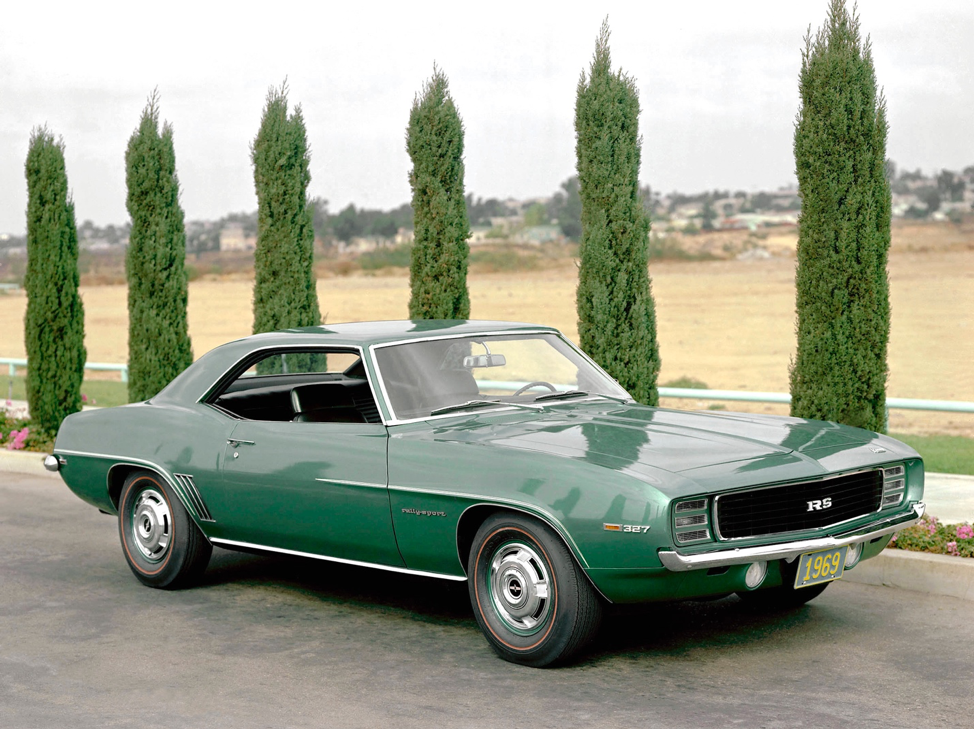
Inside, rectangular binnacles replaced circular ones surrounding the round instruments on the dashboard. In celebration of the changes, Chevy produced an Indianapolis 500 pace car, just two years after a ’67 Camaro had paced the race.
This timeless body got a reprieve at the end of the year, because although Chevrolet introduced the familiar Italian-influenced second-generation Camaro for 1970, production delays meant the company kept building the older cars for the first half of 1970 with no changes.
Because Chevrolet never developed a convertible version of the second-generation car, 1969 (plus those early ‘70s) was the last year for drop-top Camaros until the mid-‘80s. 1969 was also the first year of the anti-theft steering lock that saw the ignition cylinder moved from the dashboard to the steering column.
Sitting in a ’69 Camaro, the seats are low and flat while the window sills are high, creating the feeling of sitting in a bathtub. However, the elegantly arching hardtop roof’s thin pillars provide good visibility, a characteristic lacking from newer cars that pass modern roof crush tests. Better to keep a classic Camaro shiny side up.
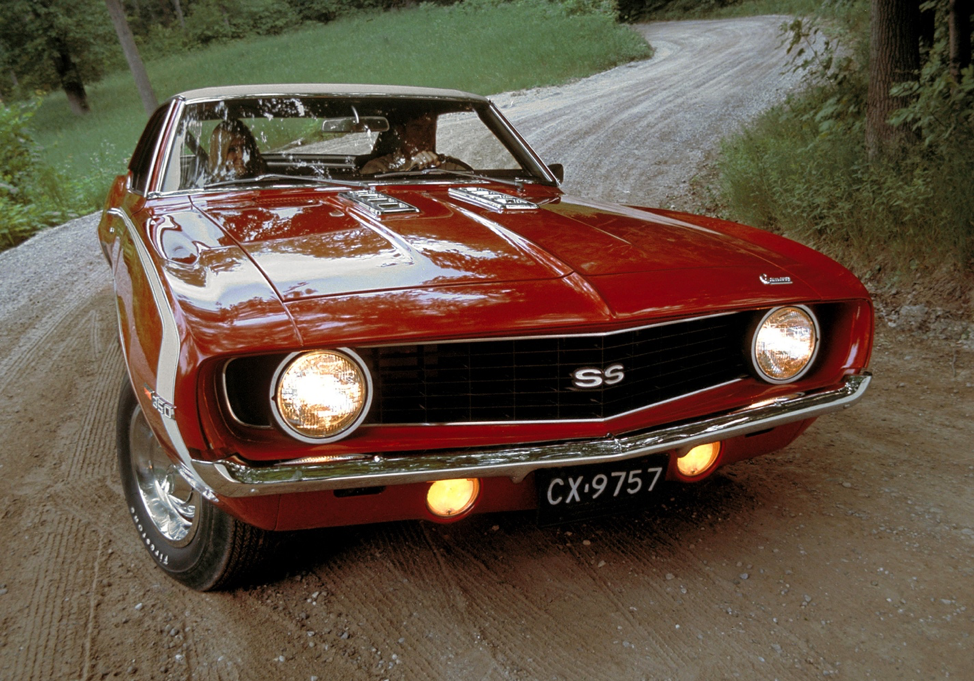
Available engines include the aforementioned base six-cylinder, plus the bigger 155-horsepower, 250-c.i. six. The small block V8 family included the 210-horsepower 327 and 255- and 300-horspower 350s, plus 325- and 375-horsepower 396 big block V8s.
The base transmission was a three-speed manual, with a three-speed automatic or four-speed manual available optionally.
Four-wheel drum brakes were standard equipment, with optional front discs, and for 1969, it was even possible to order four-wheel disc brakes for the first time on a Camaro. So if you have or are shopping for a ’69 Camaro, this more modern brake configuration is a period-correct upgrade.
The craziest option? A dash-mounted button that unleashed spray from aerosol cans in the rear fenders to coat the rear tires with traction-improving chemicals for better grip in snow. Chevy called it “Liquid Tire Chains.”
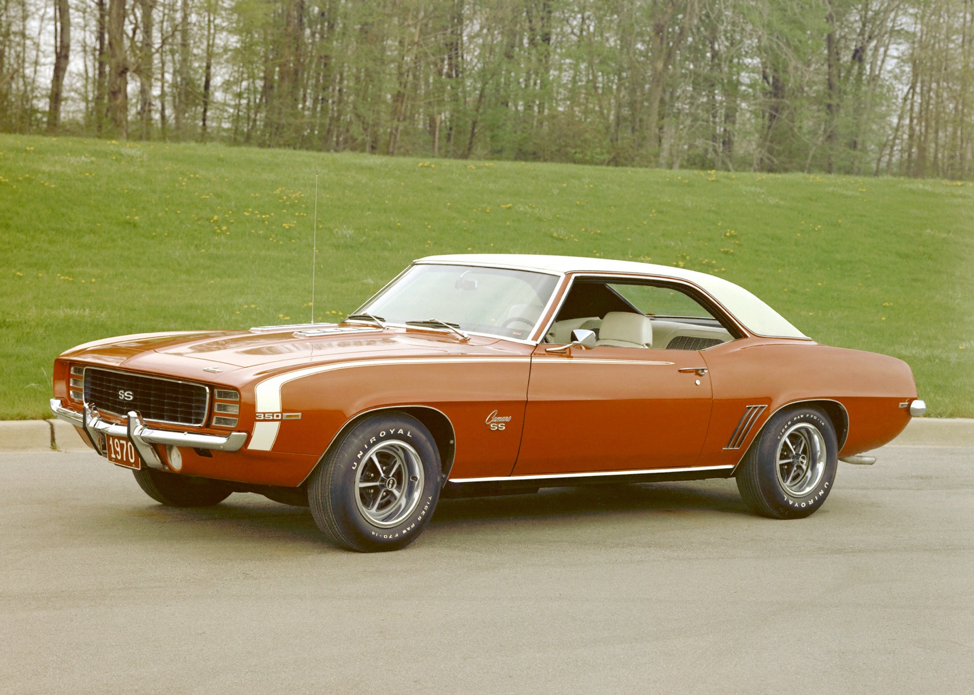
Sales for the year totaled 243,095, with starting base prices of $2,638 for the six-cylinder hard top up to $2,940 for the V8 convertible. Today, classic car insurer Hagerty pegs the value of a 1969 Camaro SS at $40,700 for a car in good condition and $55,900 for one in excellent shape.
Motor Trend tested a ’69 Indy Pace Car convertible equipped with the 350 V8 and three-speed automatic transmission in 2006 and recorded 0-60 mph acceleration of 8.0 seconds and quarter-mile acceleration of 16.0 seconds.
The pace car featured eye-catching orange stripes on white paint, and combined the hidden headlights of the Rally Sport trim package with the cowl induction hood and rear spoiler of the Z/28. Actual pace cars used at the speedway were all 396 big block cars, while the production replicas were also available with the 350 small block. Chevy sold 3,675 of the ’69 pace car replicas.
Car and Driver magazine thought enough of the Camaro in 1969 that it commissioned Penske Racing to build one into its idea of the ideal sport coupe. The “Blue Maxi” project started as a 1969 Camaro Z/28 and upgraded it with a 370-horsepower LT-1 350 small block V8 and improved brakes.
Blue Maxi did the quarter-mile in 13.7 seconds at 104 mph, giving it acceleration that is up to modern standards, even if the handling and braking were still 1960s vintage.
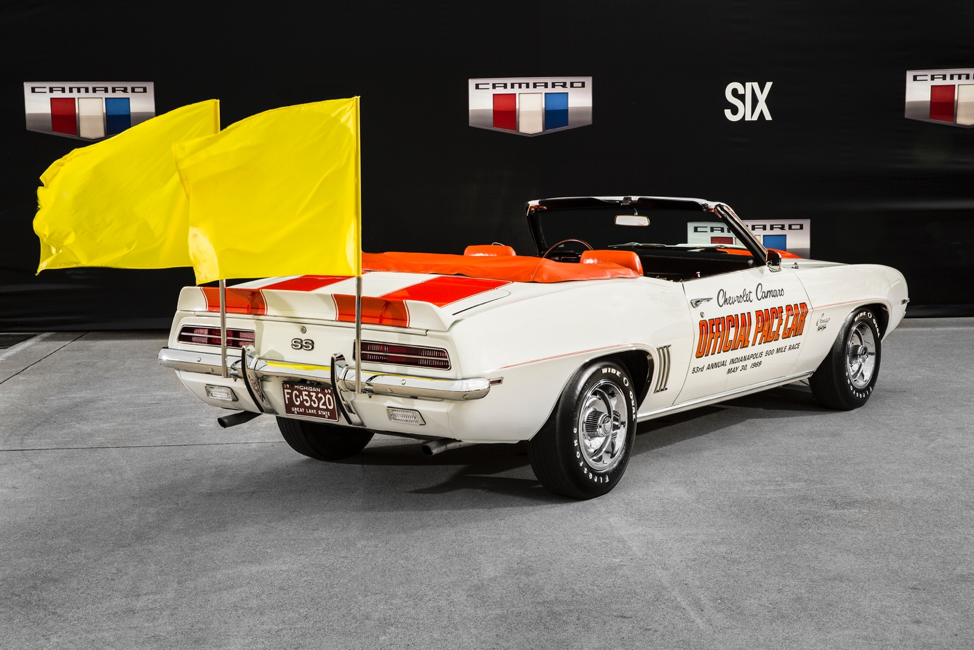
“Through the course of its iconic 50-year history, Camaro has been a reflection of the times, forging in passionate influences from customers, development teams, and racing technology,” said Tom Peters, director of exterior design, Chevrolet Performance Cars for the car’s 50th anniversary in 2017.
“What has remained consistent is the beautifully simple and powerful sculpture that has stayed instantly recognizable to our customers and enthusiasts of all ages,” he continued. “I have the same passion today as when I saw a Camaro for the very first time. It just makes you smile!”
That sounds like a summation of the Camaro’s recipe for success.
- The content above was submitted by a guest contributor and is for informational purposes only. The views and opinions expressed in this content are those of the guest contributor and do not reflect the views and opinions of Valvoline LLC.
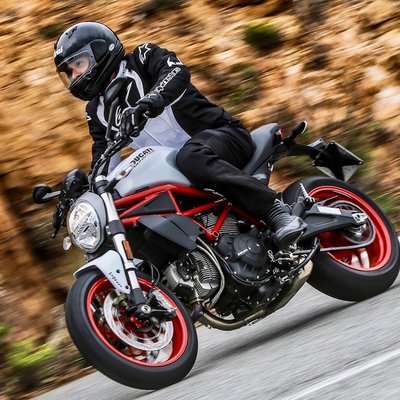 Dan Carney
Dan Carney